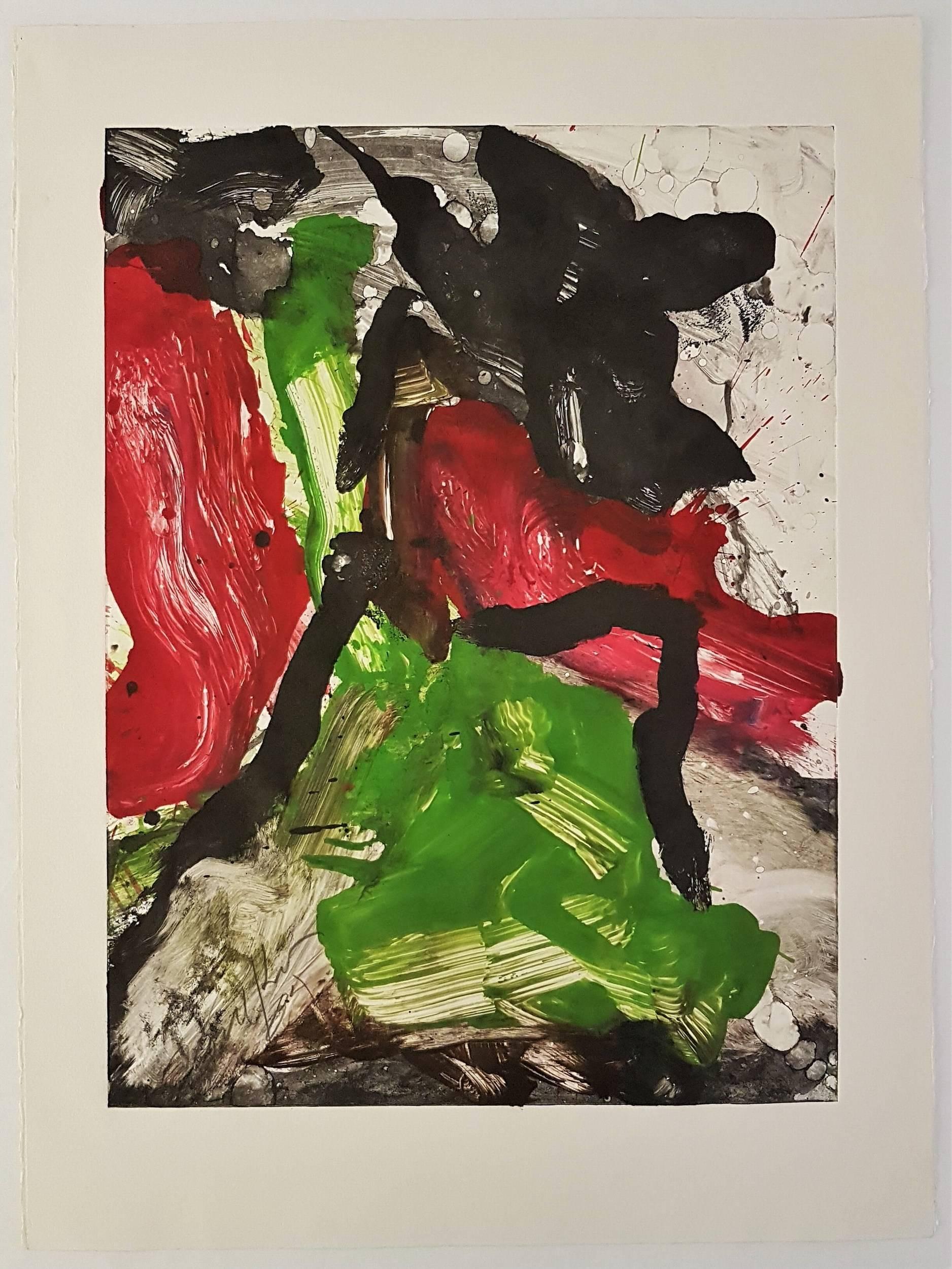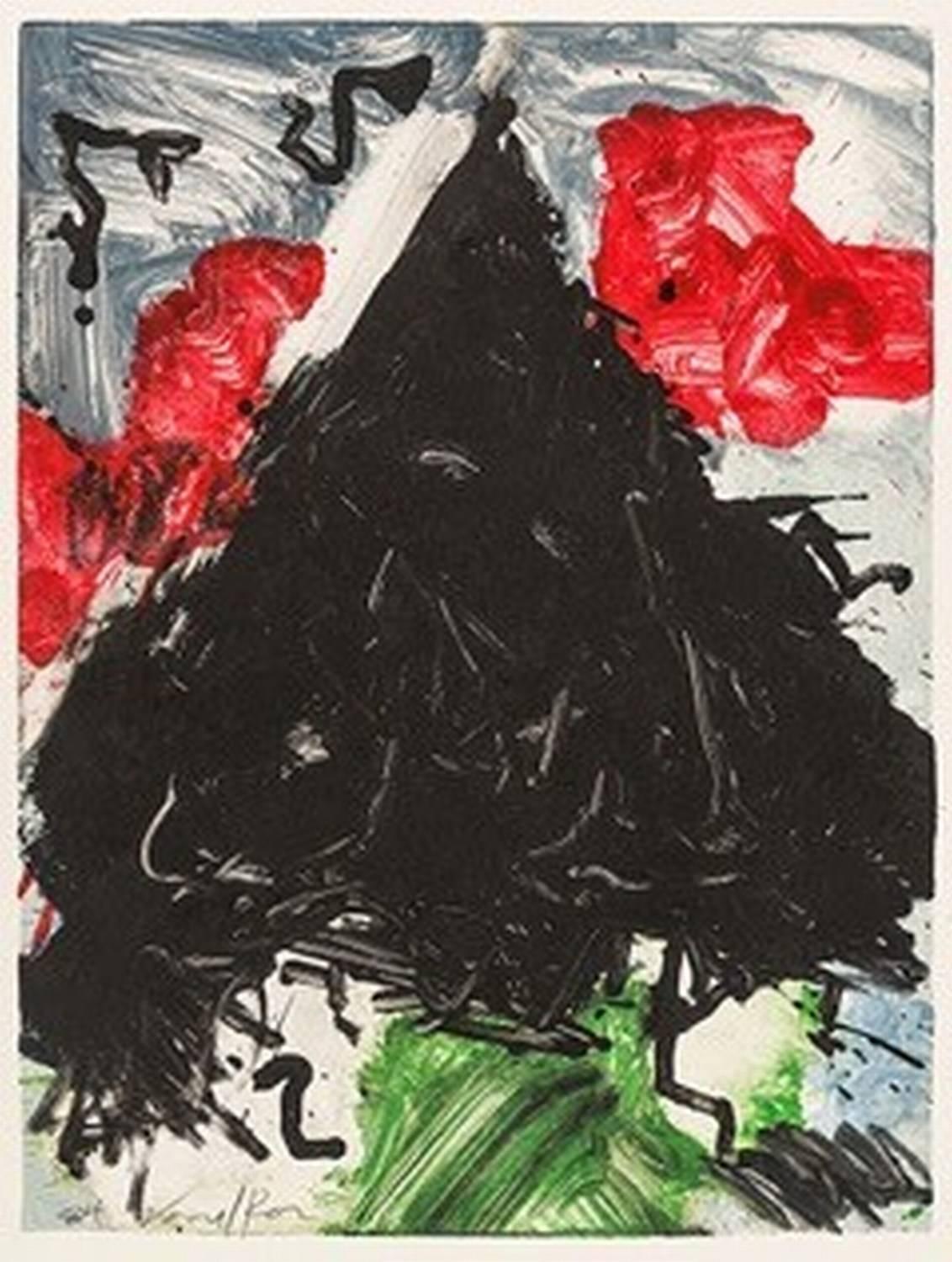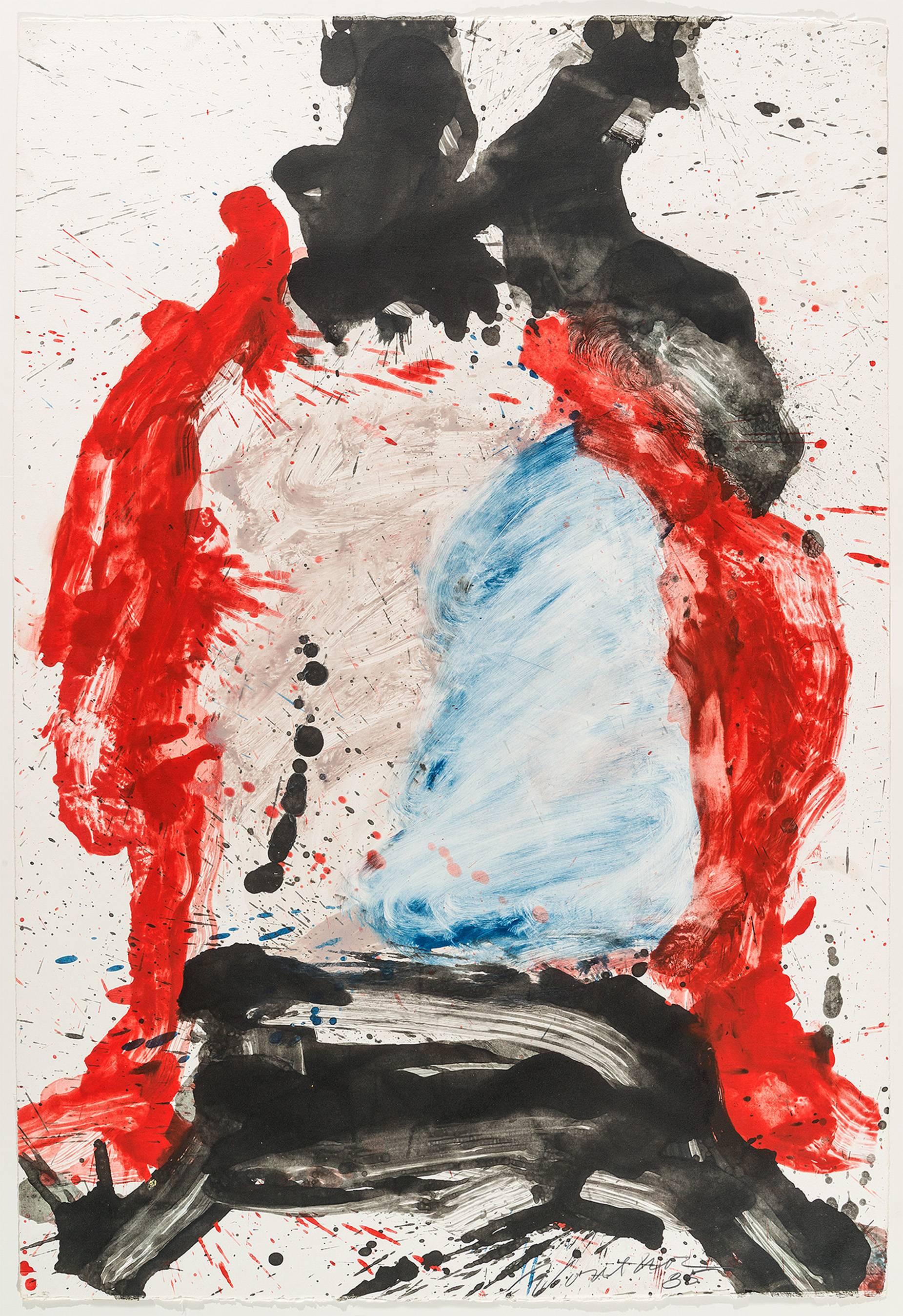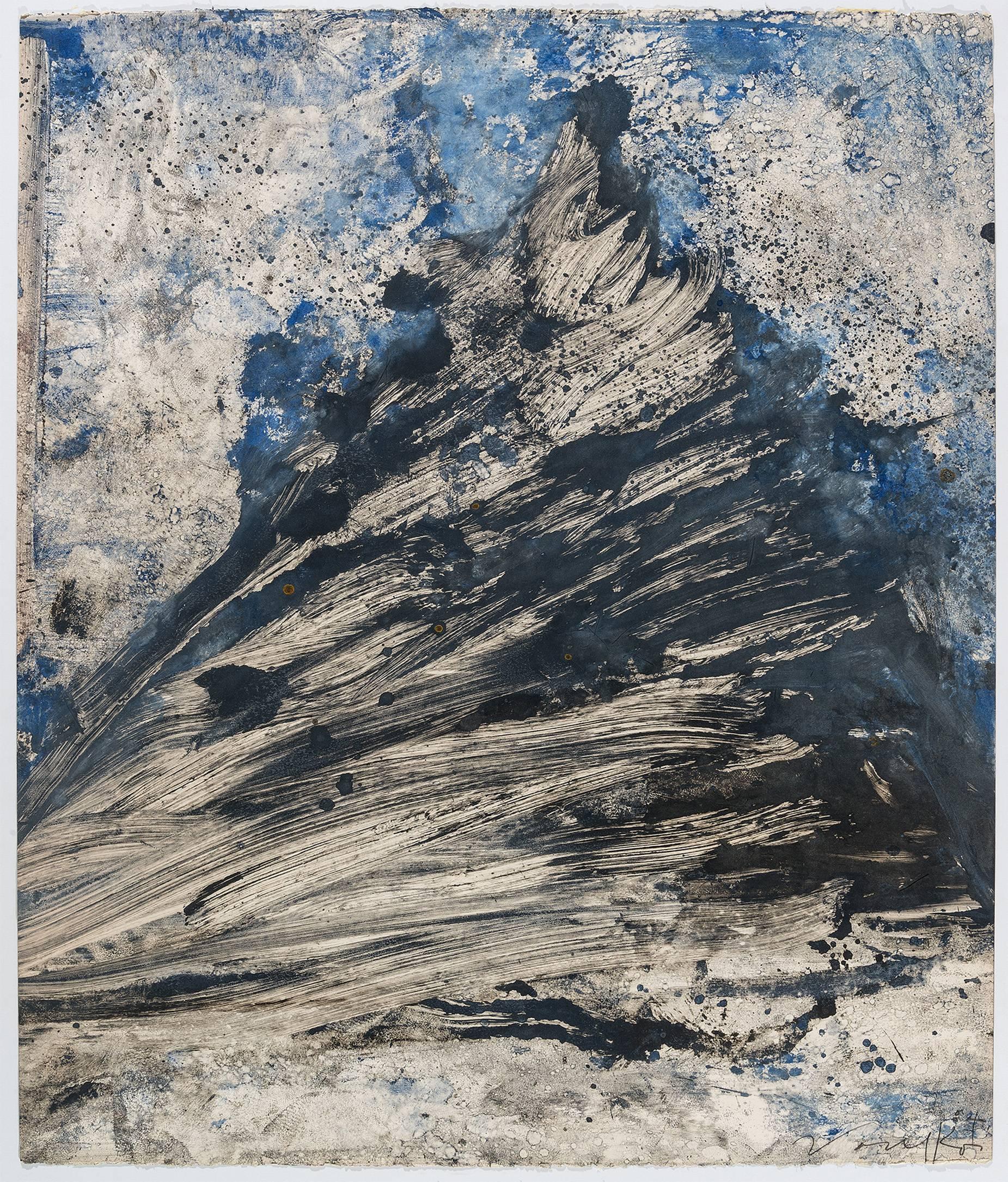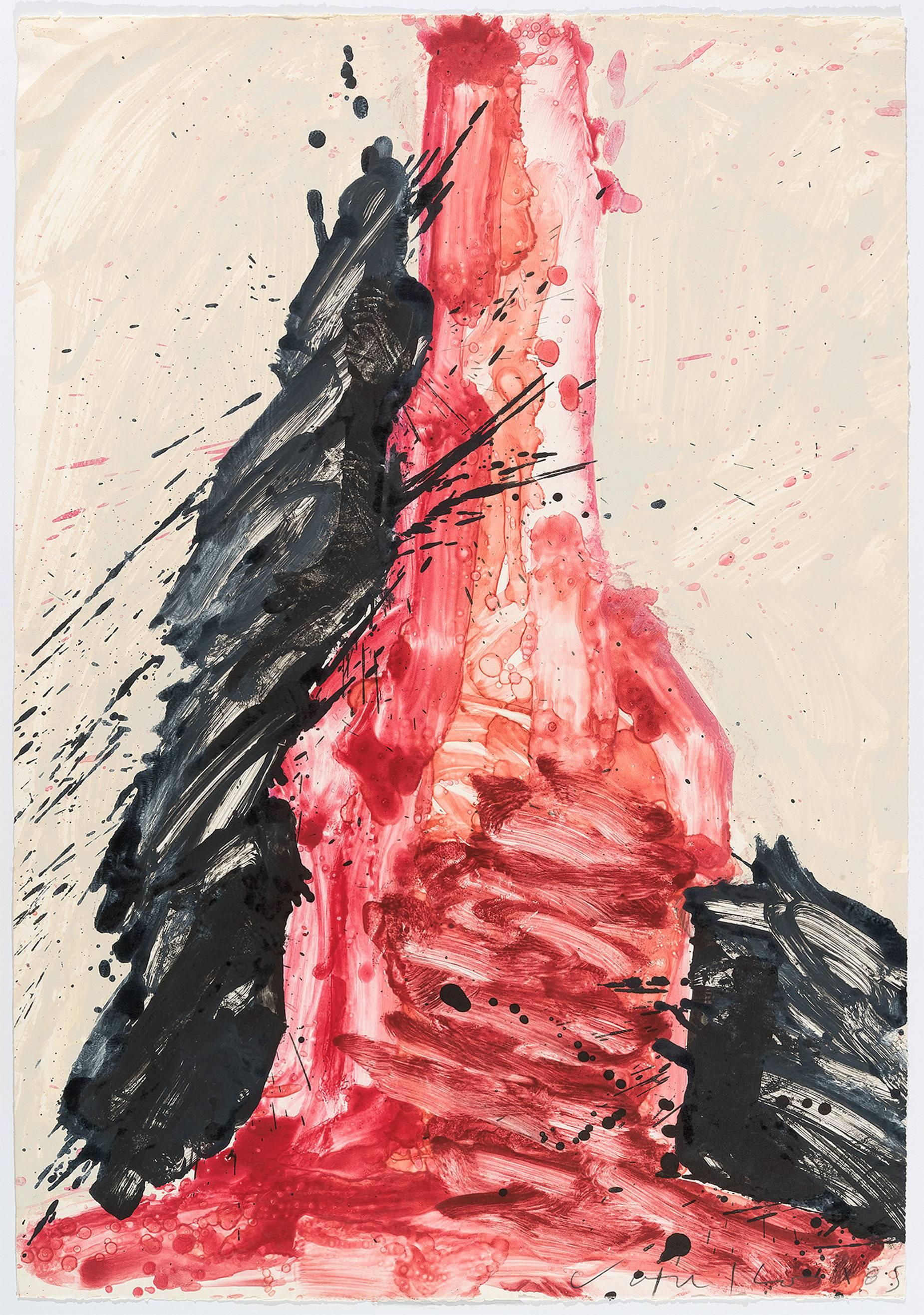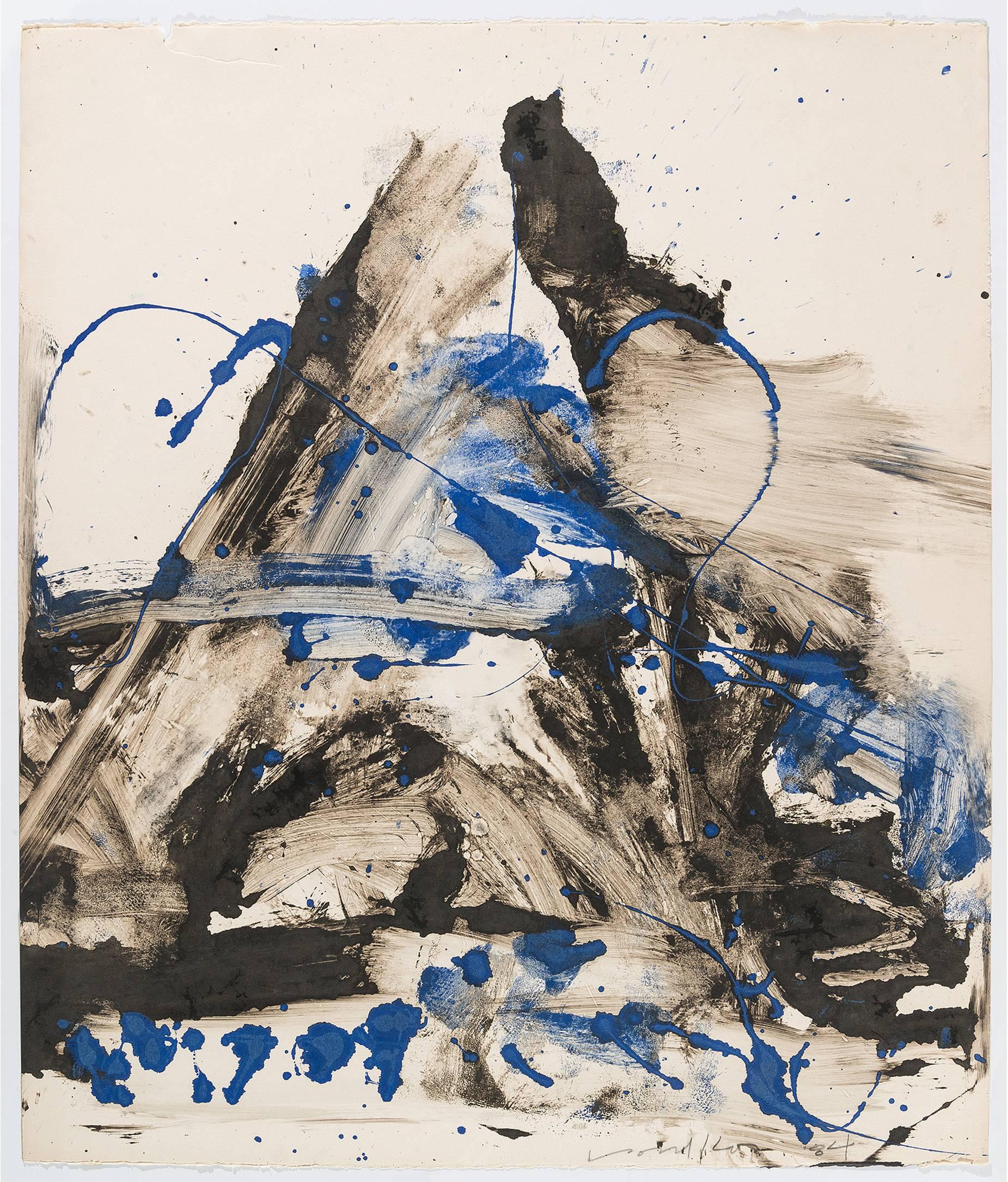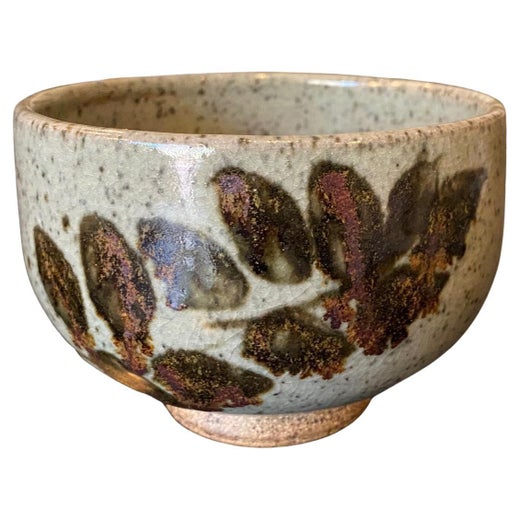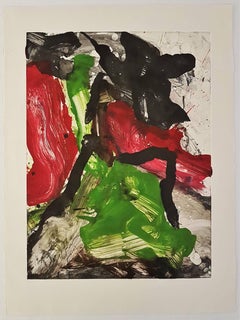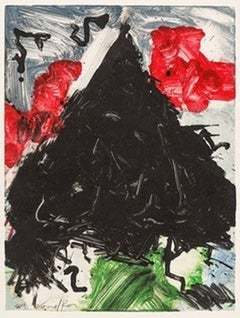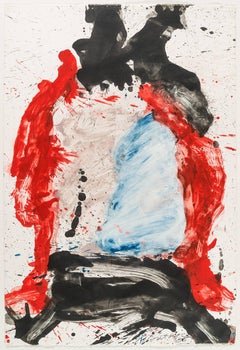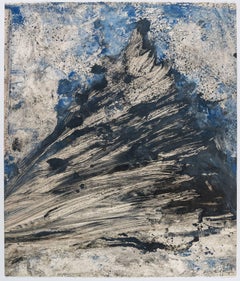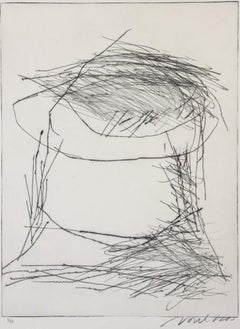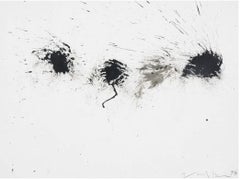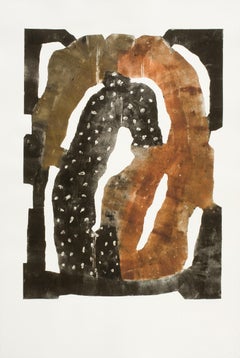Peter VoulkosUntitled (Monotype)1984
1984
About the Item
- Creator:Peter Voulkos (1924 - 2002, American)
- Creation Year:1984
- Dimensions:Height: 29.75 in (75.57 cm)Width: 22 in (55.88 cm)
- Medium:
- Movement & Style:
- Period:
- Condition:
- Gallery Location:Kansas City, MO
- Reference Number:Seller: PVO_1803_031stDibs: LU60832671813
Peter Voulkos
Peter Voulkos was a West Coast sculptor known for incorporating an array of modernist influences into his ceramics practice. Widely acknowledged as the progenitor of a profound transformation in American ceramics known variously as American Clay Revolution or the California Clay Movement, Voulkos is considered the seminal figure in the development of contemporary ceramic art in America.
As both a working artist and educator, Voulkos was instrumental in unleashing a transformative wave of creativity in clay. As the originating force behind a novel, uniquely American movement in ceramics, Voulkos’ legacy and present-day influence on the medium cannot be overstated.
Voulkos studied painting and printmaking under the GI Bill at Montana State College after serving as an airplane gunner in the US Army in World War II. He soon discovered a passion for sculpture, graduating with an MFA in 1952.
An influential educator with a lengthy career at various institutions, Voulkos established the ceramics department at the Los Angeles County Art Institute (now the Otis College of Art and Design), where he taught from 1954–59, and at the University of California, Berkeley, where he taught from 1959 until his retirement in 1985. He also taught at Black Mountain College and the Archie Bray Foundation.
Voulkos toured universities throughout the United States conducting live ceramic workshops to audiences until his death. Notable students of his include Paul Soldner, John Mason, Ken Price, Billy Al Bengston, Ron Nagle, Stephen de Staebler and James Melchert.
Voulkos was the recipient of many awards throughout his career, including the Gold Medal at the International Exposition of Ceramics (1995, Cannes, France); the Rodin Museum Prize at the First Paris Biennale (1955, Musée d'Art Moderne de la Ville de Paris, France); a Guggenheim Fellowship (1984); a Distinguished Artist Award for Lifetime Achievement (1997, College Art Association); and honorary doctorates from four American art schools.
Artworks by Voulkos have been exhibited at major institutions around the world, including at the Museum of Modern Art (New York, NY); the Whitney Museum of American Art (New York, NY); the Museum of Art and Design (New York, NY); the Smithsonian Museum of American Art (Washington, D.C.); the Los Angeles County Museum of Art (Los Angeles, CA); the San Francisco Museum of Art (San Francisco, CA); the Seattle Art Museum (Seattle, WA); the American Craft Museum (New York, NY) and the National Museum of Modern Art (Tokyo, Japan).
Voulkos has artworks in in the permanent collections of many major international institutions, including the Metropolitan Museum of Art (New York, NY); the Museum of Modern Art (New York, NY); the Smithsonian Institution (Washington, DC); the Los Angeles County Museum of Art (Los Angeles, CA); the Philadelphia Museum of Art (Philadelphia, PA); the Museum of Fine Arts (Boston, MA); and many more.
Find authentic Peter Voulkos art today on 1stDibs.
- ShippingRetrieving quote...Shipping from: Kansas City, MO
- Return Policy
More From This Seller
View All1980s Abstract Abstract Prints
Monoprint
1980s Contemporary Abstract Prints
Monoprint
1980s Abstract More Prints
Monotype
1980s Contemporary Abstract Prints
Monoprint
1980s Contemporary Abstract Prints
Monotype
1980s Contemporary Abstract Prints
Monoprint
You May Also Like
Late 20th Century Abstract Abstract Prints
Etching, Drypoint
1990s Abstract Paintings
1960s Abstract Expressionist Abstract Prints
Monoprint
21st Century and Contemporary Contemporary Abstract Prints
Glass, Wood, Printer's Ink, Archival Paper, Intaglio, Etching
1960s Abstract Expressionist Abstract Prints
Lithograph
1960s Abstract Expressionist Abstract Prints
Lithograph
